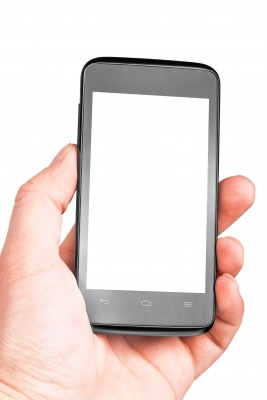Apple has recently released the iPhone 5 which can be said as an evolution of the previous version, the iPhone 4S. Some features may be the ones which were awaited and are a big welcome. Following is a brief overview and highlights of the technical and physical specifications of the new iPhone 5.
Looking at the screen, this version has a 4” IPS LED display which can be seen as one of the upgrades for this version as compared to 3.5” diagonal size in the 4S. The resolution of new display is 640x1136px giving an approximate pixel density of 326 ppi (slightly less than the 4S’s 332 ppi – possibly due to higher screen size). Even after an increase in the screen size, the version 5 has lost some weight and also has become a bit slimmer.
The processor has also been upgraded to an A6 chip which Apple claims to provide almost double the processing power than the previous A5 chip. But at the same time, they also claim that despite the increase in processing capability, the power this chip consumes is less than that of the A5 thus providing a potential for longer lasting battery and usage time. The OS has also been upgraded to version 6.0 (however this upgrade can also be availed by the users of iPhone 4S).
The camera can be said as much less the same as found on the 4S version with 8Mp backside sensor but a 1.2 megapixel front camera with 720p recording as compared to the VGA camera on 4S with 480p video recording. A software improvement includes ability to simultaneously take a picture while recording a video.
The connectivity options can be said to have acquired a welcoming addition of LTE 4G which can yield a downlink speed of up to 100 Mbits/s from the cellular provider. Other options can be said as being the same as the previous version such as WiFi b/g/n, Bluetooth, Safari browser etc.
One of the main physical changes worth mentioning includes the change in the connector type for the new iPhone. This change might have been introduced as a compromise for lessening the depth of the phone. This change may not allow previous iPhone accessories to be connected natively without the help of a separate adapter (this adapter possibly sold separately!).
As a conclusion, a user of the iPhone 4S may not find many new revolutionary features in this version other than the introduction of LTE. So if a person may not be affected much with the absence of this feature then a switchover may not be of great gain. However for people fond of adopting new gadgets, they may also find some points to present in their favor for advocating a changeover.
About Author
Zappend Mobile Application Developers are a leading, full-service, mobile app development company that provides custom design, development and promotion of Android and iOS apps to companies and individuals. They provide the unique guarantee of idea to completed app in just four weeks. Find the latest on their website or Facebook at https://www.facebook.com/Zappend

